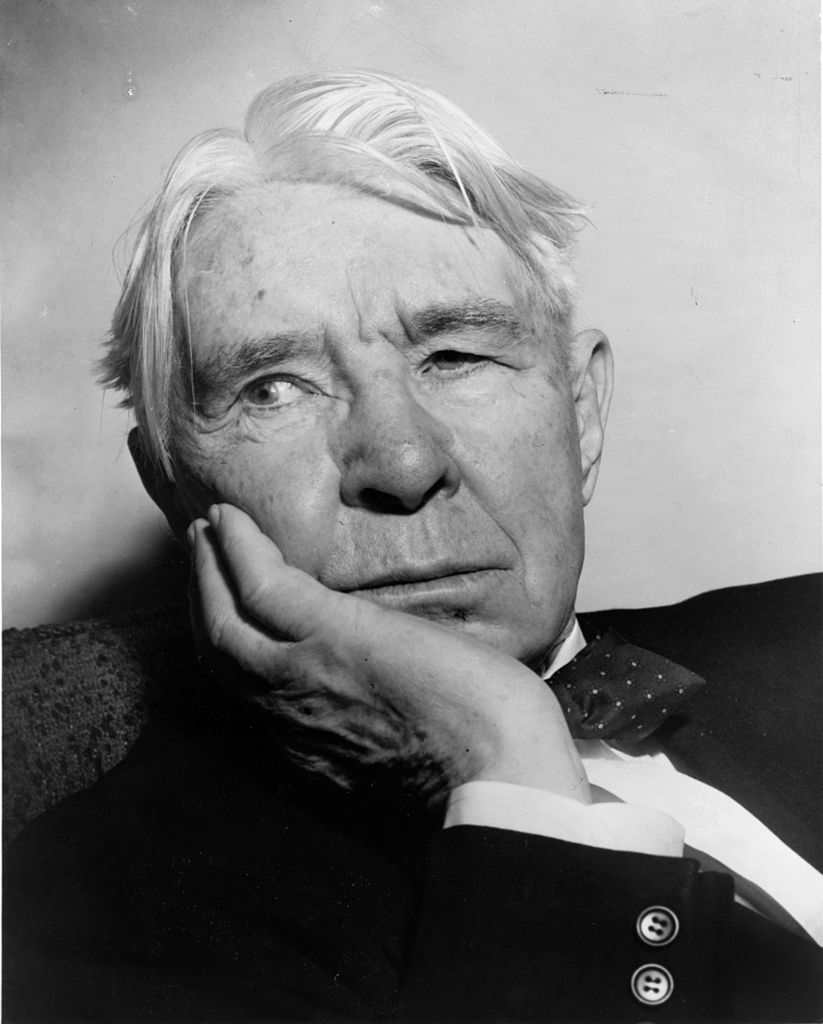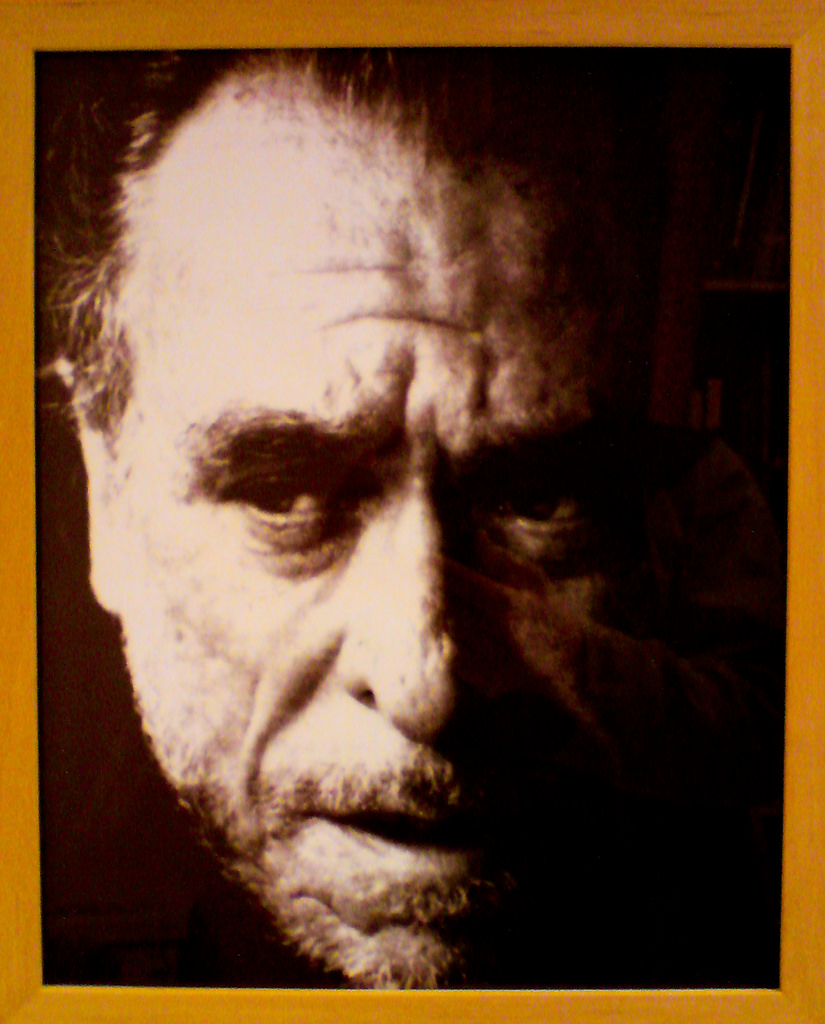Introduction to the Poet:
Christina Georgina Rossetti (5 December 1830 – 29 December 1894) was an English poet who wrote a variety of romantic, devotional, and children’s poems.
Of all Victorian women poets, posterity has been kindest to Christina Rossetti. Her poetry has never disappeared from view. In Rossetti’s lifetime opinion was divided over whether she or Elizabeth Barrett Browning was the greatest female poet of the era; in any case, after Browning’s death in 1861 readers saw Rossetti as the older poet’s rightful successor.
Christina Rossetti was born in Charlotte Street (now 105 Hallam Street), London, to Gabriele Rossetti, and John William Polidori. She had two brothers and a sister: Dante Gabriel became an influential artist and poet, and William Michael and Maria both became writers. Christina, the youngest, was a lively child.
Rossetti was educated at home by her mother and father, who had her study religious works, classics, fairy tales and novels. Rossetti delighted in the works of Keats, Scott, Ann Radcliffe and Matthew Lewis.
In the later decades of her life, Rossetti suffered from Graves’ Disease, diagnosed in 1872 suffering a nearly fatal attack in the early 1870s. She died in Bloomsbury on 29 December 1894 and was buried in Highgate Cemetery.
The Poem Rest:
The poem ‘Rest’ by Rosetti is a eulogy for a person who has faced immense pain and is finally accepting death. The poetess begs the earth to bring death to the person concerned because of her immense pain. The wonderfully woven poem is one of the best of Rosetti during the Victorian era.
The Setting of Rest:
The setting of the poem is on the deathbed of the victim. As the victim is weary of the world, the poetess asks the world to close on her. The poem is a reflection of the severe pain faced by the poetess before her death. In the most agonising manner, she died. The poem clearly portrays what a blessing she thought death to be. Thus, it is a wonderful poem.
Poetic Devices in Rest:
The poem is a sonnet.
It has a rhyming scheme of ABBA ABBA CDCXYC
Personification:
The Earth has been personified. The speaker requests the earth to lay close on her eyes, without giving a chance of sorrow or joy. Thus she says:
“O EARTH, lie heavily upon her eyes;”
Apostrophe:
Addressing an inanimate object, the earth is an apostrophe.
Alliteration:
“Seal her sweet eyes” repeats the \s\ sound
“Weary of watching” repeats the \w\ sound.
Symbolism:
The earth lying upon her eyes, sealing her eyes are symbolism of death itself. Darkness refers to the darkness of death and silence refers to the silence that will prevail when she dies and stillness refers to her physical state on death. Thus the poetess says:
“With stillness that is almost Paradise.
Darkness more clear than noonday holdeth her,
Silence more musical than any song;”
Summary of Rest:
The poem starts with :
“O EARTH, lie heavily upon her eyes;
Seal her sweet eyes weary of watching, Earth;
Lie close around her; leave no room for mirth
With its harsh laughter, nor for sound of sighs.”
The speaker requests mother earth to lie on her eyes and seal her eyes, which had been tired of the watching the worldly materials. Here ‘she’ refers to a victim of immense death agony and probably the speaker’s friend. She further requests the Earth to leave no space for glee or sorrow, joy or mournfulness, anything at all. There should be no room for sighs and pain anymore.
The speaker wants this because this would lead to the death of the victim, and she can rest from the agony.
Next, she goes on to say,
“She hath no questions, she hath no replies,
Hush’d in and curtain’d with a blessèd dearth
Of all that irk’d her from the hour of birth;
With stillness that is almost Paradise.”
This means the victim has no questions to ask, no replies to give. She is beyond all earthly measures. All that pain that she had endured from the moment of her birth: is slowly fading away, as if given space to the inevitable incoming of death itself. Thus, it seems that the earth has heard the request of the speaker.
She is still, that is her body is not moving. On the brim of life, her body lays still and this seems to be paradise. The stillness of her body is compared to Paradise for two reasons. One, it signifies that the peacefulness of death is near. And, the second, there is no pain anymore. Her body does not wreathe and squirm in pain. The pain is coming to an end.
Next, the speaker goes on to say about the approach of death,
“Darkness more clear than noonday holdeth her,
Silence more musical than any song;
Even her very heart has ceased to stir:
Until the morning of Eternity”
As the death approaches, the darkness of death is clearer to her than the noon of life on earth. The silence that she will feel after she is dead, and in the heaven, will be musical. Because she has tolerated so much on earth, the silence in heaven will be like music to her soul. By now, her heart does not respond. But it will respond once it enters the paradise, the morning of eternity. It is believed that a heaven is a wonderful place, where the darkness of night can never prevail in the light of the morning. Thus, ‘Morning of eternity’ is used to symbolise morning in the heaven itself.
The last two lines are very touching. It says:
“Her rest shall not begin nor end, but be;
And when she wakes she will not think it long.”
Her rest has no beginning nor is an end that is the rest is eternal. She has eternally moved away from the cacophony of the earth. As a result, when she wakes up she will not think a long time has passed since her sleep: because the sleep was an end to her misery. The rest is forever.
Critical Analysis of Rest:
The title itself is a striking one. ‘Rest’ as it says might be a momentary break from the schedule of daily routine. However, in this poem, ‘Rest’ carries a deeper meaning. It means to say that the rest is eternal, the rest from the surface of the earth: from the agonising pain, and immense torture before death.
In the beginning of the poem, the speaker asks the Earth to close on the victim’s eyes, that is, bringing her death. She requests that there should be no space for sorrow or joy or sigh. Death should not magnify her pain or prolong her agony. Later it seems that the earth has listened to her. In the later stages of the poem, the speaker describes how death arrives and how peaceful it is. The death is compared to darkness and the silence becomes musical, the stillness feels like paradise.
The poem reflects how much distaste one can have for the worldly desires and the wish to abandon everything and rest in heaven after enduring so much of pain.
This is a direct portrayal of the pain felt by the poetess during her life and how peaceful she thought death would be.
Central Theme of Rest:
The central theme deals with the peacefulness of death. Death here is not an unpleasant guest but a blessing. To the victim who had been tired of earthly belongings, going through agonising pain, death is a saviour. The poem is a eulogy to such a person who has died. The requests to mother earth portray the desperation in the death wish.
The central theme is further magnified by comparisons. For examples, silence with music, stillness with paradise and so on. The heart ceasing to stir and will respond again in the morning of eternity describes the joy and peacefulness of death.
The Tone of Rest:
The poem starts with a tone of a request as the speaker request the earth to bring death to the victim. Slowly and steadily the tone changes to one of melancholia when the sufferings of the victim are described. Lastly, it changes to one of relief as death is finally here and she embraces it with elegance. The peacefulness and serenity of death and life after death is wonderfully portrayed here.
Conclusion:
The poem is autobiographical. It reflects on the ideas of death that Rosetti had when she was suffering from severe illness. There were instances of depression that made her look away from the worldly pleasure. In the most wonderful manner, the poem brings out the pathos of a victim who has been fighting with life in agony.
Contributor: Bidisha Das
Some online learning platforms provide certifications, while others are designed to simply grow your skills in your personal and professional life. Including Masterclass and Coursera, here are our recommendations for the best online learning platforms you can sign up for today.
The 7 Best Online Learning Platforms of 2022
- Best Overall: Coursera
- Best for Niche Topics: Udemy
- Best for Creative Fields: Skillshare
- Best for Celebrity Lessons: MasterClass
- Best for STEM: EdX
- Best for Career Building: Udacity
- Best for Data Learning: Pluralsight
















